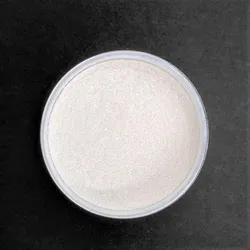How Can You Choose the Right Paint Pigment for Your Project?
2024-11-29
Selecting the right paint pigment is crucial to achieving the desired outcome for your project. Here’s a guide to making the best choice:
1. Identify Your Application
Determine whether you’re working on an artistic, industrial, or decorative project. Different applications may require specific pigment properties, such as opacity, durability, or resistance to elements.
2. Understand Pigment Types
- Organic Pigments: Known for their bright, vibrant colors, these are ideal for artistic and decorative projects.
- Inorganic Pigments: These are more stable and durable, making them perfect for outdoor or industrial use.
- Specialty Pigments: Metallic, fluorescent, or pearlescent pigments add unique effects for creative or high-impact projects.
3. Consider Color Fastness
For long-lasting results, choose pigments with high lightfastness and resistance to fading. This is particularly important for outdoor applications or artworks exposed to sunlight.
4. Evaluate Opacity and Tinting Strength
Opaque pigments provide solid coverage, while those with strong tinting abilities allow for creating vibrant shades with minimal product use. Match the pigment’s properties to your desired finish.
5. Factor in Environmental Impact
If sustainability is a priority, opt for eco-friendly pigments made from natural or low-toxicity materials. Check labels for certifications indicating safe and environmentally responsible production.
6. Experiment with Blending
Blending different pigments can produce custom shades and unique effects. Experiment with small quantities to find the perfect combination for your project.
By considering the application, type, and properties of the pigment, you can achieve a flawless and impactful result tailored to your needs.



